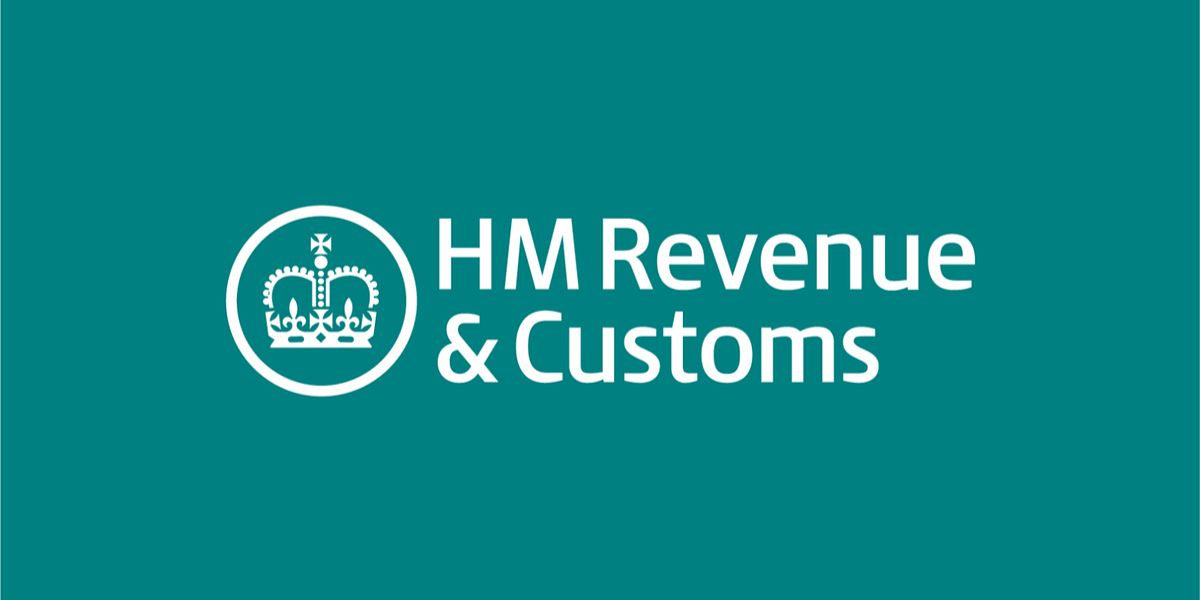On 21 July 2022 the UK government published a consultation document inviting comments on the design of a single trade window (STW) that would be an important part of the UK’s border strategy. The UK government is aiming to revise its customs procedures to allow traders to deal with the government through a single gateway, to improve trade flows and reduce costs.
The UK Border Strategy published in December 2020 outlined plans to revise customs procedures at the border. One element in the strategy was the development of a Single Trade Window (STW), that would provide a single gateway for all transactional data from traders. In December 2021, views on a single trade window were published in a Discussion Paper.
The latest consultation document outlines the principles behind the legislative changes required. The UK government is inviting comments from traders involved in the importing and exporting of goods and from businesses that provide services to importers and exporters, such as intermediaries, haulage firms, carriers, and Community System Providers (CSPs).
Areas covered by the consultation
Comments are invited on the collection, use and sharing of data within government, including where this could support functionalities such as pre-population and multi-filing; allowing the government to access and use supply chain data, to reduce data entry and the administrative burden of submitting border data; and on targeted international data sharing with other countries and territories, subject to data protection arrangements.
The consultation also outlines proposals for the STW to eventually be the sole point of entry for transactional border data.
Further issues covered by the consultation are self-declaration by traders through the STW functionality; and how the STW should work with existing port and commercial systems, including community system providers.
Supply chain data
The government is looking at the possibility of receiving quality data on goods directly from commercial supply chain management systems of traders. This would allow the government to receive data upstream in the supply chain, for example from the producers of the raw materials used in the production of the goods. Businesses would already have this data in their systems as part of their day-to-day operations, so this would not add to the compliance burden.
Objectives of the consultation
The STW will use technology and data to create a digital system that saves compliance costs and lowers barriers to entry for international trade. The STW when fully implemented will create a simplified user experience that provides guidance through every step of the trade lifecycle.
Businesses will only need to provide data once, in a single place, to complete their obligations in relation to import, export, safety, security and transit. They will also be able to apply for and manage all licences, permits and authorisations in a single place. Through the STW it will be possible to see the status of current trades (for example where goods are held at the port for an inspection or testing in relation to regulatory standards) and view past trades. Businesses will be able to make use of their supply chain data to provide better data to government more easily.



















